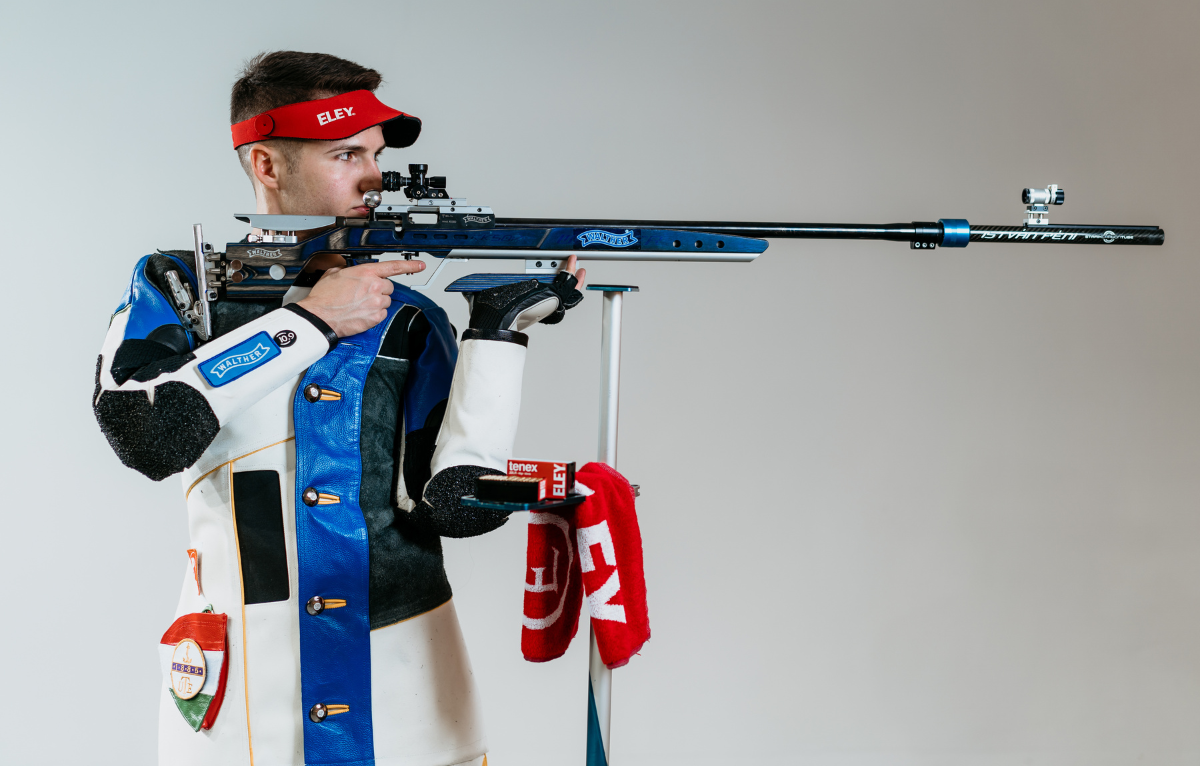Hunting hides are a type of cover or shelter hunters use designed to reduce the chances of being seen. But are they worth it? We caught up with UK hunter and ELEY ambassador, Mick Garvey to get his opinion.
“In a word … yes! I’m a big believer in the effectiveness of good hides. I have built many over the years. Some permanent structures built from garden posts driven into the ground with garden trellis forming the outer skin. To those which are wrapped in differing camo netting thrown together using naturally available materials such as brambles, holly branches, fresh cut crops and fallen branches to form the required supports.
Sometimes a hide doesn’t have to take either of these forms. I regularly utilise my Hilux for cover usually throwing a couple of camo nets over it to create some depth to the subterfuge. I once had all my nets and poles in the back of the truck in readiness for an attack but the pests were feeding that strong and confidently I never got chance to get the nets out. Using the cover of the truck, I just shot from the bonnet.
Generally though you won’t be this lucky and you are going to need cover to hide your movements. Shooting ground-based targets or tree roosting and feeding targets is a different ballgame. Any uncovered body areas such as your face or hands often get forgotten or overlooked and can be spotted easily. Squirrels are a prime example, and will be on their toes at the first sign of human activity. Rabbits are the same, as are hares, and even roosting or feeding pigeons in the tree tops.
Types of hunting hides
The hides I have cover all my requirements. I have tall ones that overlook the tall beech trees that attract pigeons and squirrels. I have what I call natural hides that are formed from small trees with their branches trained into position to assist a rested shot and takes growing brambles and holly to make the cover needed.
But my favourite hide is one I have spent the most time on. I have driven 3” garden posts into the ground and used a selection of sawn timber and fallen branches to form supports for shooting from and for the camo netting. I actually went overboard and bought some of the garden trellis that has artificial leaves attached and then covered this with the netting. This hide also has some luxuries not normally found in hides. An old office swivel chair gives me a 180 degree spin facility that lets me cover the feeders to my left and the high beech trees to my right. It also has a shelf for drinks, thermal spotters and binoculars.
Another favourite was erected as a rabbit hide but during an early evening taking rabbits with my CZ 455 22LR with ELEY subsonics. I had two foxes walk right up to me, such was the effectiveness of the hide. Every trip is a recce and I was out with the CF the next night … successfully too I may add.
For me, the main requirement is a sturdy framework that will withstand a bit of abuse. This means it has to be in the right place. It’s no good just building a hide anywhere. Do a bit of background and reconnaissance work. Study the area and pick a spot where you know the target species hangs out or passes through and it must create subterfuge to give you that advantage we need for a successful hunt. Keep in mind that once you’re in the hide, you need to keep your movements slow and to a minimum. And the final thing … patience!





